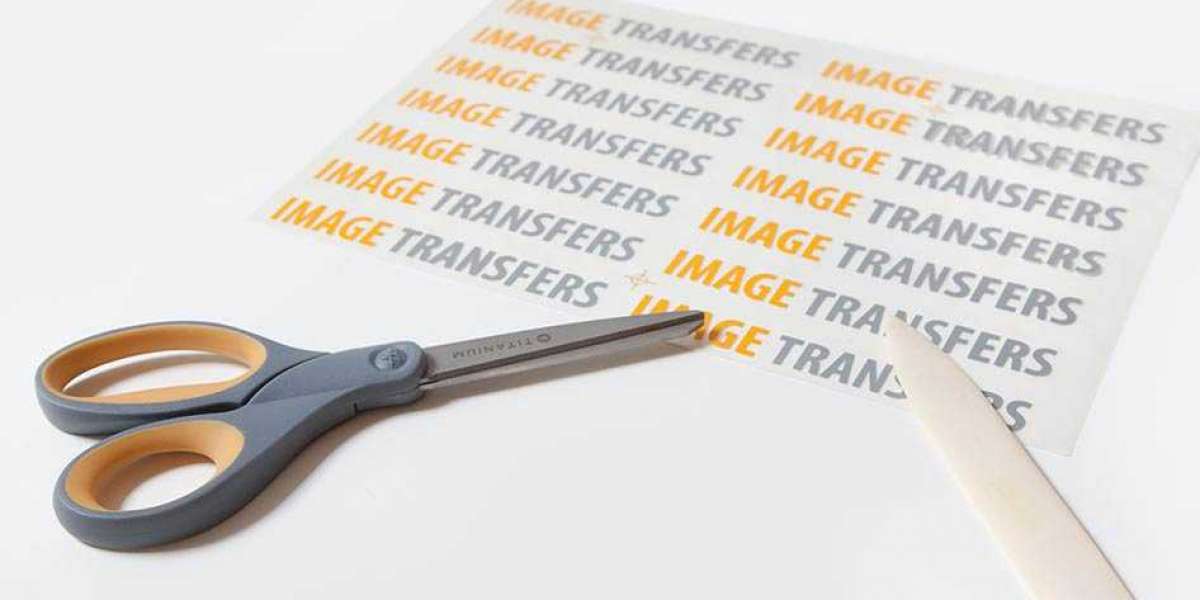Collectors and hobbyists are famous for undertaking many restoration projects involving manufactured products. If you need lettering or fine graphic detailing, borrow a process used for museum exhibit labels and try custom dry transfers. They are rub-on decals ideal for lettering, logos, stripes, and other graphic elements. You can use them on any clean, smooth indoor surface, including plastic, metal, glass, and wood. They're often used for automotive restoration (think dashboards and instruments), musical instruments, and scale models to make items look new.
One of the miracles of dry transfers is the ease of use. What else goes on in a single step with no special skills required and always looks great? The first time you try dry transfer decals, you'll quickly realize why they are preferred over other methods. No extra adhesive is needed because they arrive with it already on and ready to use. They also have a sharp, crisp appearance because no carrier media is involved, as with water-slide decals. Also better than stick-on vinyl lettering, which is prone to air bubble issues during application. Everyone loves the convenience of rub-on transfers.
Making things that are replicas of the originals is a significant consideration for high-quality restoration projects. It's never a concern with dry transfers because they have the painted-on appearance of manufactured products. You'll be impressed by the quality look; anyone viewing them will assume they're original. It is as easy as designing what you need to scale and submitting your digital files. In most cases, the turnaround time is 24 to 48 hours, and what you receive back will be exactly what you designed. It takes the guesswork out of your project and lets you achieve a perfect result.
The product restoration applications for custom dry transfers have evolved from one of their early uses by industrial designers for product prototypes. The needs were similar, and the goal was to replicate the look of manufactured products. The results were spectacular from the earliest attempts, and rub-on decals have been the method of choice ever since. Even in tiny sizes, they maintain the required clarity and readability. The single-step application from a transparent slick to the correct spot is also a selling point. The process is incredibly user-friendly and quick to complete.













